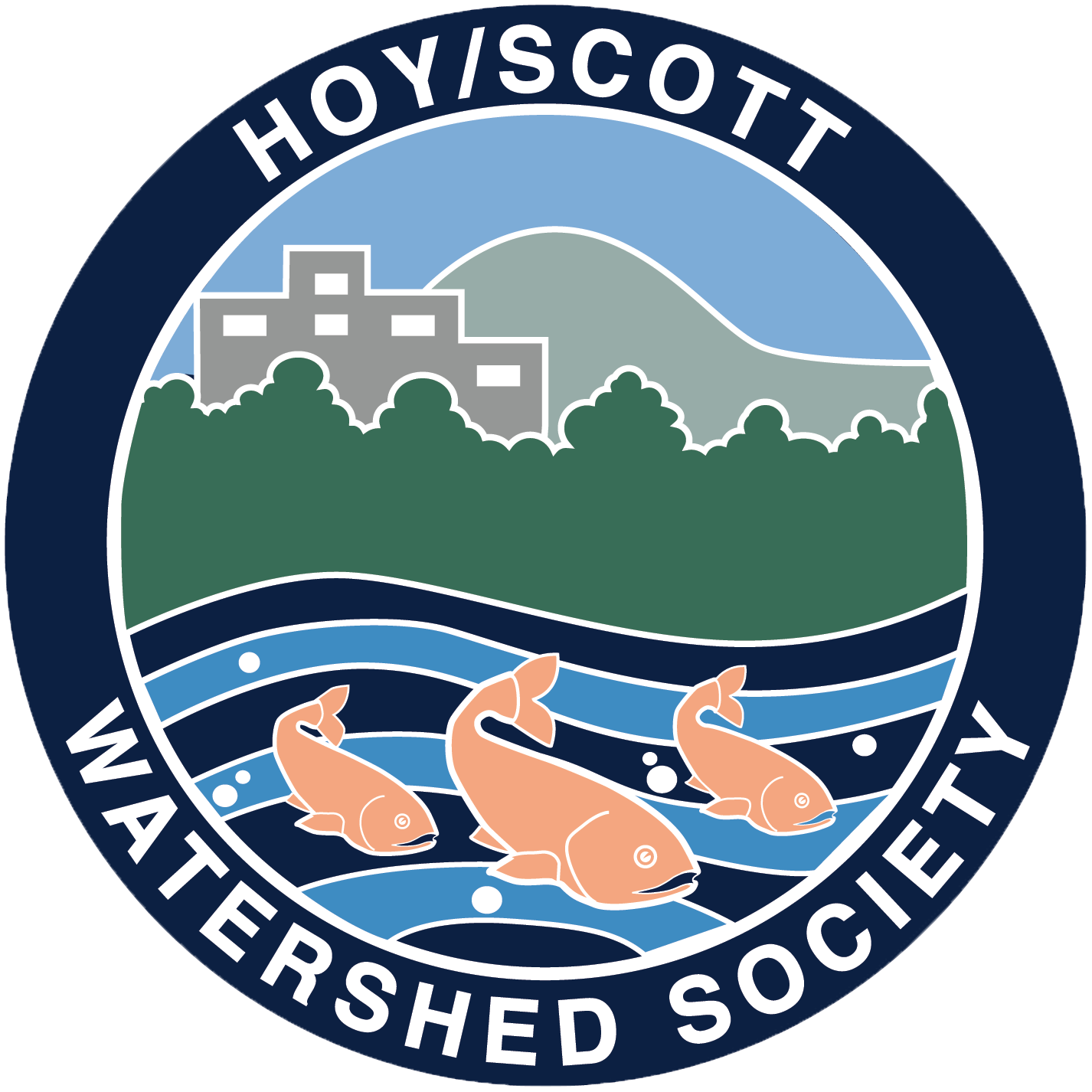Hoy Creek, Coquitlam , close to the hatchery... (Photo: Ed Paulino)
The Hoy - Scott Watershed collects storm water from the 1950 ha that includes Scott Creek, Hoy Creek and their tributaries. Forces of glaciation shaped this watershed 10,000 to 14,000 years ago. The streams of the watershed start on Eagle Mountain, flow through the ravines of Westwood Plateau, then through the Town Centre entering the Coquitlam River. These water courses are important habitat for salmon who return each fall to spawn and complete their life cycle.
Hoy Creek and Scott Creek are the two of the most significant watersheds within the Coquitlam River watershed system situated in British Columbia, Canada. Hoy Creek flows into Scott Creek and the juncture is located one block south of Barnet Highway just on the north edge of the train tracks south of Aberdeen Avenue. Scott Creek flows into the Coquitlam River, then to the Fraser River, and then to the Pacific Ocean.
Shows the three Metro Vancouver Watersheds left to right (west to east)
Hoy Creek runs into Scott Creek at this juncture below the new Evergreen transit line just south of the Barnet Highway and just before the train tracks seen top right in Coquitlam, BC. (Photo taken in August, 2015 by Robbin Whachell)
Hoy Creek
Hoy Creek is a tributary to Scott Creek. The Hoy Creek Watershed boasts the Hoy Creek Linear Park, which is situated in Coquitlam’s City Centre. The peaceful, well-maintained forest trails connect people and neighbourhoods while park activities connect the larger community to the natural environment and the life cycle of the coho salmon that are raised here.
Hoy Creek (Photo: Robbin Whachell)
Back pond area at Hoy Creek, adjacent to the rearing pond.
Scott Creek
The Scott Creek basin is located on the south slope of Eagle Mountain in northwest Coquitlam. The drainage system collects storm water runoff for a 1,950 ha watershed that includes Scott Creek, Hoy Creek and their tributaries, approximately 160km of storm drain pipes, two flow diversion systems and Lafarge Lake. Read the City of Coquitlam's Integrated Watershed Management Plan for Scott Creek HERE.
Scott Creek below Eagle Mountain Drive, Coquitlam (Photo: Ed Paulino)
Scott Creek below Eagle Mountain Drive, Coquitlam (Photo: Ed Paulino)



